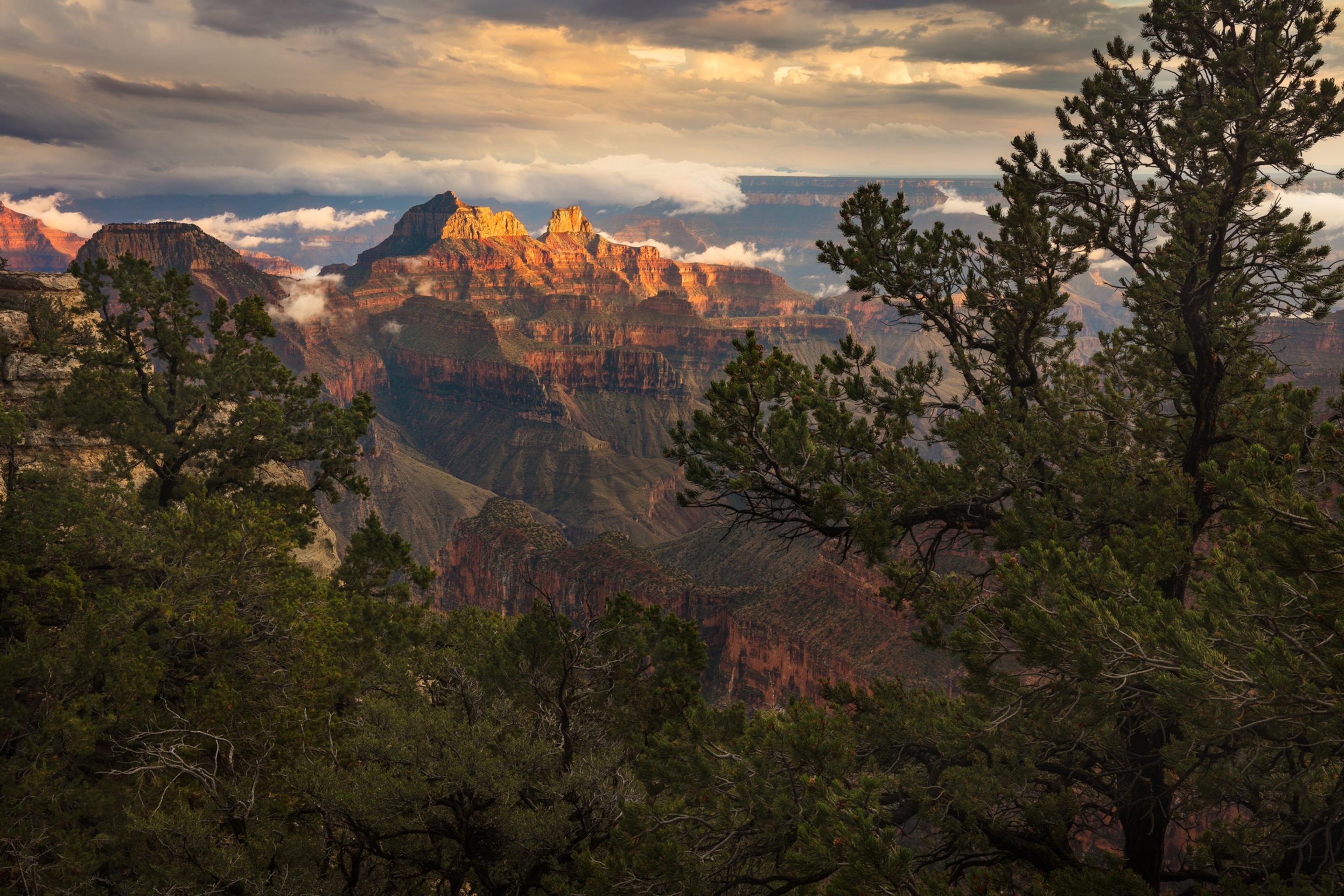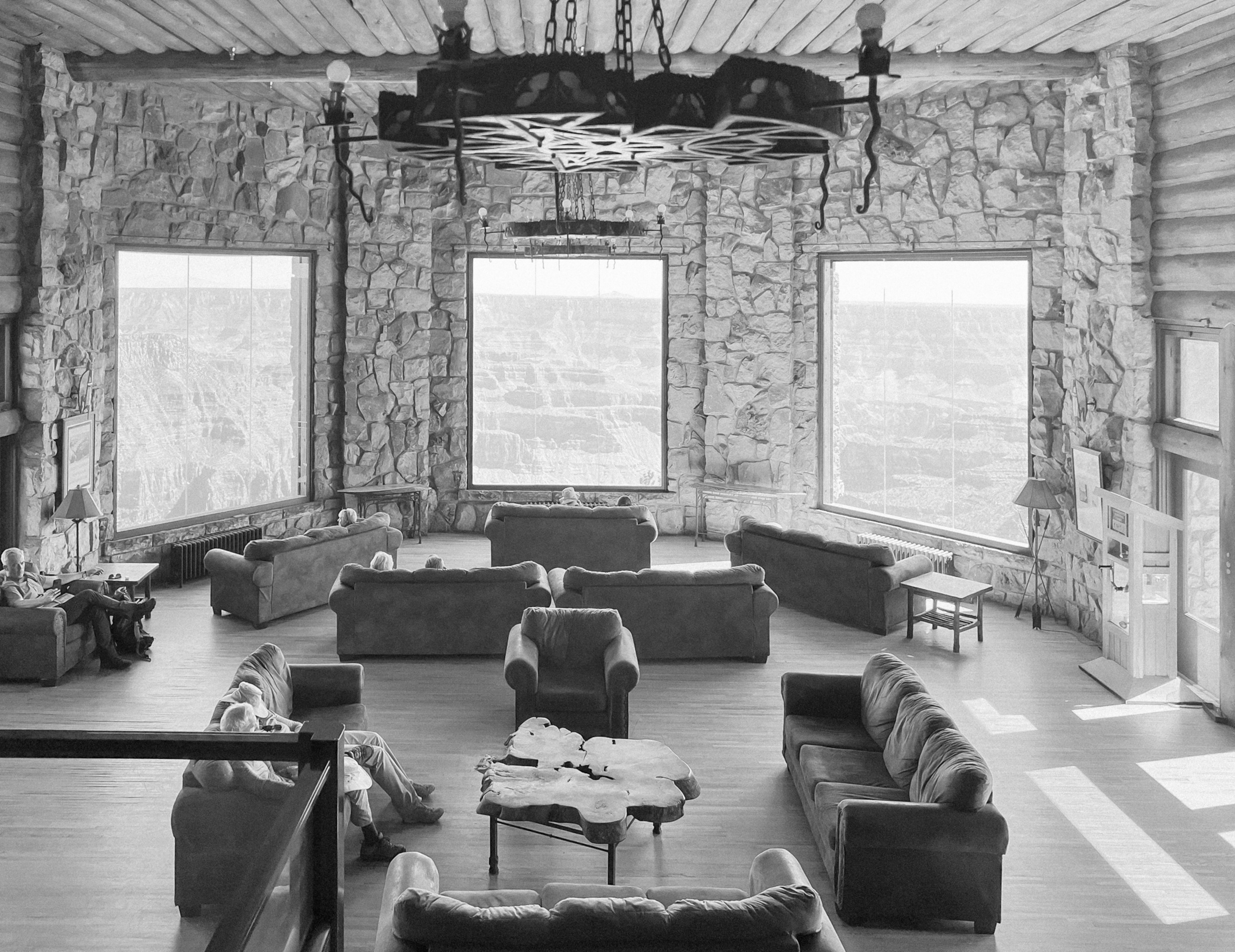When lightning struck on July 4, it sparked more than a fire—it ignited a legacy of loss. The Dragon Bravo Fire raced through the North Rim of Grand Canyon National Park, claiming the iconic Grand Canyon Lodge, dozens of cabins, and closing the area for the season. While no injuries were reported, the destruction has left emotional, architectural, and ecological scars that may take years to heal.
A lightning strike turned disaster
On July 4, a lightning bolt ignited the Dragon Bravo Fire on the Kaibab Plateau above the North Rim. Park officials initially chose a “control and contain” strategy, allowing the blaze to burn toward natural fuel breaks. But as humidity plummeted and wind surged, the fire exploded by July 11–12, consuming over 11,000 acres in hours.

Evacuation orders went out swiftly. All guests, staff, and inner-canyon hikers were safely removed before the flames reached developed areas. Despite the scale of destruction—about 70 structures lost—no injuries were reported.
Lodge lost, memories remain
The Grand Canyon Lodge stood as a rustic masterpiece for nearly a century—first built in 1927, rebuilt in 1937 after an earlier fire, and graced with native limestone and ponderosa pine beams. Its stone facade, arching decks, and cozy cabins framed sweeping canyon views that inspired countless artists and travelers.
Visitors mourn the loss. A journalist reflected on the lodge as a “rustic palace” whose ambiance left an indelible mark on generations. Guests like Lauren Baumann Frisco captured what it meant to visit before the final summer, and how deeply the lodge’s destruction has echoed in their lives.
Response under fire—strategies questioned
Arizona officials, including Governor Katie Hobbs and the state’s senators, have demanded a federal investigation into the National Park Service’s initial decision to manage the fire passively during peak summer conditions. Critics argue the “control and contain” approach backfired in unusually hot, dry, and windy weather.

The Park Service defended its response, citing environmental protocols and changing conditions that limited aerial retardant after chlorine gas escaped from a burned treatment plant. But rising smoky air, resource strains, and rapidly shifting fire behavior have amplified scrutiny over the decision-making process.

North Rim shuttered—and uncertain future
All visitor access to the North Rim is closed for the rest of the 2025 season. Trails like the North Kaibab and Bright Angel, as well as Phantom Ranch lodging, are off-limits due to smoke hazards and structural instability. Other nearby fires, including the White Sage Fire, continue to burn nearby on the Kaibab Plateau.
Lodge employees now shelter on the South Rim, and local tribal communities are already mobilizing support. The fate of iconic features—like the bronze statue of Brighty the Burro—is symbolic. Despite damage, the sculpture was found largely intact and has become a hopeful emblem of resilience and heritage.
Phoenix or ruins? Rebuilding the North Rim
The Dragon Bravo Fire erased nearly 100 years of built heritage in hours—but it sparked broader questions about preservation, fire policy, and cultural memory. The Grand Canyon Lodge was more than an amenity—it was a refuge, a vista, and a story in wood and stone. Its loss is a profound wound, yet the public’s resolve to remember and rebuild is already forming.

From ashes rise conversations about architecture, ecology, and accountability. And while the lodge may be gone, its impact—etched into viewscapes and memories—remains. Future generations may yet walk deck sides, raise binoculars at sunset, and remember that the lodge once defined one of America’s greatest views.






